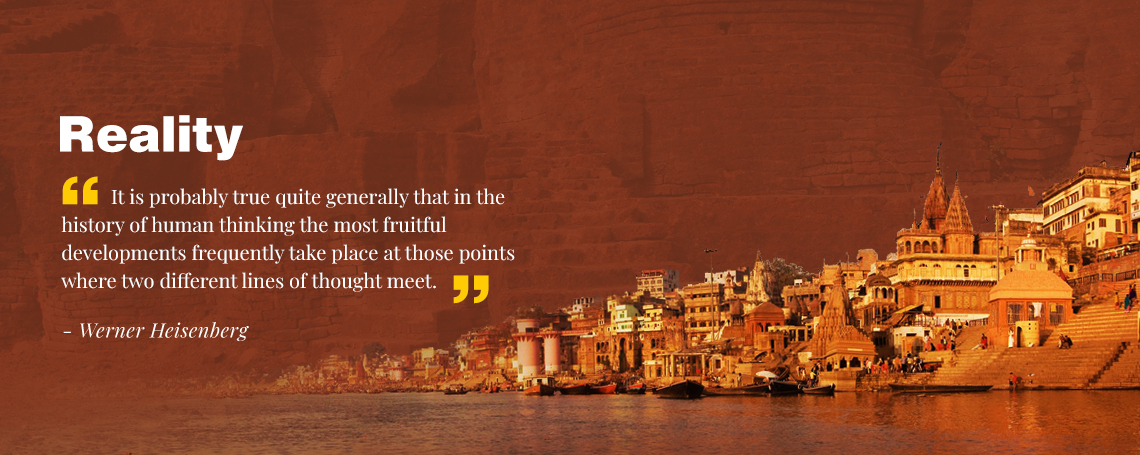
India has produced the foundation of urban and regional systems. The archaeology and relics of the 9000 years old Indus Valley civilization has displayed the highest democratic, affordable and accessible orders of settlements. The ‘English bond’ of Indian brick-bonding as evident in ancient Indian cities to dock building were engineering sciences known to the Indians for thousands of years. The building of acropolis over mounds as against a low-land fertile settlement plain of an agorapolis were town planning evidences of Mohenjodaro that preceded even Miletus of Greece by a 1000 years. The history of the Confederation of regional settlement systems called the Mahajanapadas, as recorded in the Ramayana to the much later Puranic, Jaina and Buddhist literature is the testimony of continental orders of regional ecosytems by variations in folk born of climate, soil and culture – and these were Design algorithms that Indian just not new but designed and lived.
Some of her urban systems, unlike others in the world, are sustainable till date. Varanasi is one of them, which for over 5000 years or even more, has been a sustained epicenter of trade and commerce, of institutions of learning, and green paradises for meditation and salvation. Varanasi has featured a whole range of creative art and literature to genres of creative economy sustaining the common humanitarian livelihood. ‘Small is beautiful’ as Gandhi or Schumacher have said of late, had been India’s lifeline for 1000s of years. For 1000 of years also, Varanasi has been a globalized and riparian urban agglomeration, inviting different races, with diverse ethnicity and culture from various parts of the world, under one fold. It is THAT ONE FOLD of acceptance, assimilation and absorption into a final Grand matrix of ‘Aryanization’ which is the civilization of India. Unlike distorted versions of the ‘Aryan way’ in terms of aggression, superiority and extermination of others, India has counter-designed the true sovereign and altruistic vision of the Aryan Rishis and Saints. Varanasi is a living epitome of that vision! The Buddha or the Shankara or a Kabira is just one of many carriers of that vision.
The loom of the fabric of Aryan civilisation is a vast, warm, level country, interspersed with broad, navigable rivers. The cotton of this cloth is composed of highly civilized, semi-civilized, and barbarian tribes, mostly Aryan. Its warp is Varnâshramâchâra, and its woof, the conquest of strife and competition in nature.
And may I ask you, Europeans, what country you have ever raised to better conditions? Wherever you have found weaker races, you have exterminated them by the roots, as it were. You have settled on their lands, and they are gone forever. What is the history of your America, your Australia, and New Zealand, your Pacific islands and South Africa? Where are those aboriginal races there today? They are all exterminated, you have killed them outright, as if they were wild beasts. It is only where you have not the power to do so, and there only, that other nations are still alive.
But India has never done that. The Aryans were kind and generous; and in their hearts which were large and unbounded as the ocean, and in their brains, gifted with superhuman genius, all these ephemeral and apparently pleasant but virtually beastly processes never found a place. And I ask you, fools of my own country, would there have been this institution of Varnashrama if the Aryans had exterminated the aborigines in order to settle on their lands?
The object of the peoples of Europe is to exterminate all in order to live themselves. The aim of the Aryans is to raise all up to their own level, nay, even to a higher level than themselves. The means of European civilization is the sword; of the Aryans, the division into different Varnas. This system of division into different Varnas is the stepping-stone to civilization, making one rise higher and higher in proportion to one's learning and culture. In Europe, it is everywhere victory to the strong and death to the weak. In the land of Bhârata, every social rule is for the protection of the weak.